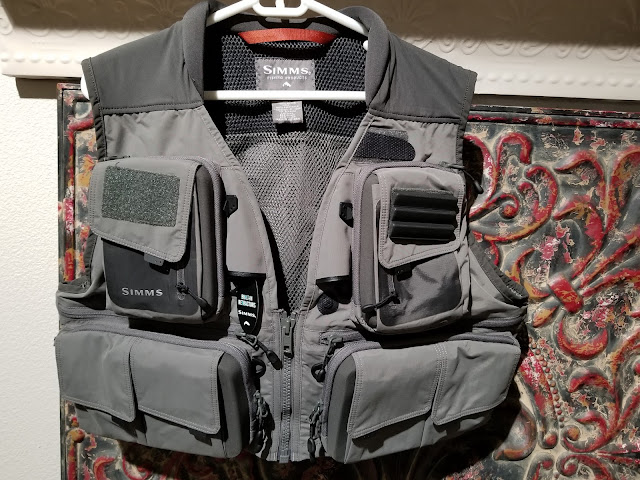
The land of extremes, northern California as we know it, is
all that. The way the weather has turned in the last week is not surprising,
but more of a shock to my body’s comfort zone. 2 to 6 inches of snow fell in
the upper elevations including the surrounding mountains of eastern Plumas
County, providing a surreal backdrop for the start of the autumn equinox. When
weather changes quickly as it did, Mother Nature’s critters respond, their
behaviors change, as does their eating habits. Large flocks of American Coot
and game birds have taken refuge on the stillwaters with a new home for the fall
season. The trout are already on the “all you can eat” plan, beefing up the fat
reserves for the long winter ahead. There’s no going back now, and the second
season has begun. Already at Frenchman’s Lake, and Lake Davis, the water temperatures
have dropped significantly to the high 50’s. Last Thursday it was 26 degrees in
the morning with a cold breeze from the north, and being on a wide open Sierra stillwater,
there’s nowhere to hide. One just has to deal with it and take the pain. It was
actually quite refreshing, it’s kind of nice to bundle up again and not sweat
your ass off.

I’ve been focusing most my efforts at Frenchman’s, the fish
are scattered, but are definitely in the upper water column adjusting to the
quickly changing water temperatures. This also means they are already starting
to spend a longer time in the skinny water, soon it will be all day and the sun
will not drive them to deeper water. The shallows actually provide a more
comfortable zone for them to feed in when the main body of the lake’s water
temperatures are very cold. The last brood of Callibaetis mayflies are hatching
in small numbers, and a few smaller creamy colored midges are also dimpling the
surface as they emerge. Damsel nymphs are always in the system, and as an
aquatic insect that has a two year life cycle underwater, you’ll find first
year nymphs swimming among the weed piles this fall. These nymphs are about a
half an inch long, but have the same profile as a full mature adult damsel
before the spring emergence. Fall rainbows will consume everything and anything,
and why bigger flies get their attention, the greed to feed is uncontrollable.

Buggers and wiggle tails in fiery brown, dark olive and
burnt orange are staples for this time of year, or you can even go bigger with
a Jay Fair stripping fly in the same colors. Stripping flies has out shined the
indo rig as of late, it’s that time of year when the trout key in on moving
food items, and zero in on them. Every week will get better until the end of October,
my guests and I have had plenty of insane days on the water around Halloween.
If you want fewer but bigger fish to 27” go to Lake Davis, or if you want more
fish, yet smaller in size and girth, go to Frenchman’s. I plan on spending my
time at both lakes, and all the while comparing notes.

The
North Fork Yuba River is still producing, but there is no need to be on the
water until the middle of the day. This morning the water temperatures in the
upper watershed were 48 degrees, and good consistent action did not commence
until the sun was on the water. My guest and I found quite a few trout in
slower to still side water that you could easily call “frog water”. They were
sunning themselves and taking leftovers off the surface. It was really cool to
watch, and also to stalk them.
We
only saw hatches of very small midges, and an occasional October Caddis
fluttering in the sun’s rays. I saw way more shucks then flyers. Orange
Stimulators, ants, and Flashback Pheasant Tails were the preferred flies for
the wild rainbows.
The tussock moth caterpillars were out floating the currents
from boulder to boulder, if you have ever wondered why the Renegade dry fly
tied in matching colors is so effective on the NFYR, this is why. It’s an old
school pattern that most do not use any more, but maybe it’s time to stock your
box with a few of them for the fall months. Fishing pressure was pretty much nonexistent,
but I was amazed how many regular people are still camping as the campgrounds were
close to full on this weekend. My last bit of advice is to fish the NFYR where
the sun shines from 11am to 4pm. Look for the pumpkin bugs ovipositing, and
enjoy the show. See you out there in the spectacular northern Sierra…
One Headed Rabbitbrush, Ericameria parryi var. monocephala surrounds the landscape of Frenchman's Lake giving the last crop of Sierra butterflies and bees the needed energy for the Autumn season.





































